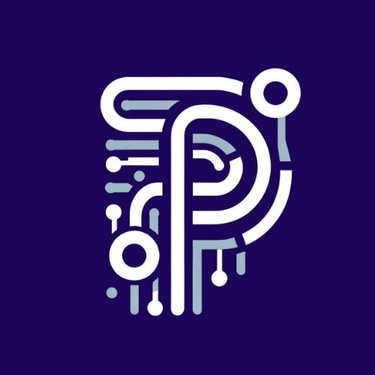You can contact us at contact@pendakwah.tech or caLL US AT 0386841980
Understanding Generative AI: Potential, Challenges, and the Future
Our Introduction to Generative AI session at the ICT Awareness Programme, Ministry of Economy explored the transformative impact of AI in content creation, workflow automation, and digital innovation. With a focus on real-world applications, participants gained insights into AI-generated images, videos, audio, and text, along with discussions on ethical considerations and regulatory challenges. This session provided a hands-on understanding of how Generative AI is reshaping industries and government operations, paving the way for smarter, more efficient digital transformation.
2/26/20252 min read
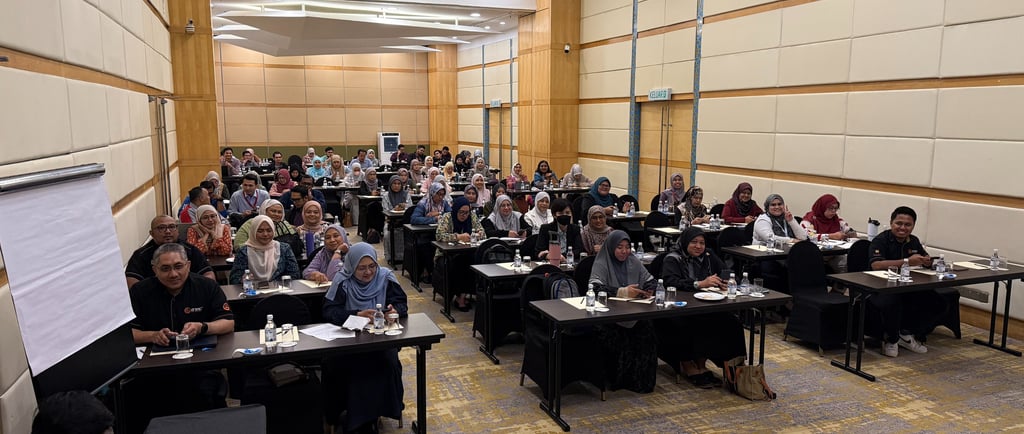

Date: Wednesday, 26 February 2025
Time: 9:00 AM – 12:30 PM
Venue: Dewan Putra Perdana, Pulse Grande Hotel, Putrajaya
Event: ICT Awareness Programme, Ministry of Economy
Participants: ±100 people
Today, we had the opportunity to deliver a talk titled “Introduction to Generative AI: Capabilities, Challenges, and the Future” as part of the ICT Awareness Programme by the Ministry of Economy. The session was attended by more than 100 participants from various government departments and agencies, all eager to understand how Generative AI is transforming the digital landscape.
What is Generative AI?
Generative AI is a branch of artificial intelligence capable of creating new content such as images, videos, audio, text, and even programming code automatically. Unlike traditional AI, which primarily analyses data, Generative AI produces new information based on patterns learned from vast datasets.
Capabilities of Generative AI in Today’s World
During the session, we covered several key capabilities of Generative AI that are shaping industries:
1. Image Generation
AI models like DALL·E, FLUX and Stable Diffusion can generate high-quality images from text prompts.
Used in creative industries for graphic design, advertising, and digital art.
2. Video Generation
AI such as Runway Gen-2 and Pika Labs can generate videos from text or images.
Applied in marketing, education, and media content creation.
3. Audio and Music Generation
Tools like ElevenLabs and Suno AI can generate realistic human voices, music, and sound effects.
Utilised in entertainment, dubbing, and assistive technology.
4. Text and Content Generation
AI models like ChatGPT, Gemini, and NoteBoomLM assist in writing articles, reports, code, and document summaries.
Accelerates work in government, legal, and education sectors.
5. Challenges and Issues in Generative AI
Despite its vast potential, Generative AI presents challenges that must be addressed:
Ethical Concerns & Misuse
Risks of misinformation, deepfakes, and digital fraud.
Requires strict regulatory frameworks to govern AI usage.
Intellectual Property & Content Ownership
AI generates content based on existing data—who owns the AI-generated output?
There is a need for clear policies and legal frameworks on AI copyrights.
Bias and Reliability Issues
AI can inherit biases from its training data.
Mechanisms must be in place to reduce bias and ensure accuracy.
Conclusion: Generative AI as a Transformative Tool
Generative AI is not just a technological trend; it is a revolutionary tool reshaping workflows in both government and private sectors. With the right understanding and policies, Malaysia can adopt Generative AI responsibly to drive innovation and efficiency in digital governance and services.
Today’s session received an overwhelmingly positive response, with participants actively engaging in discussions and posing insightful questions, reflecting a strong interest in this transformative technology. I hope to see more awareness programmes like this to enhance understanding of AI and digital transformation among public servants and industry professionals.
A big thank you to the Ministry of Economy for the invitation!


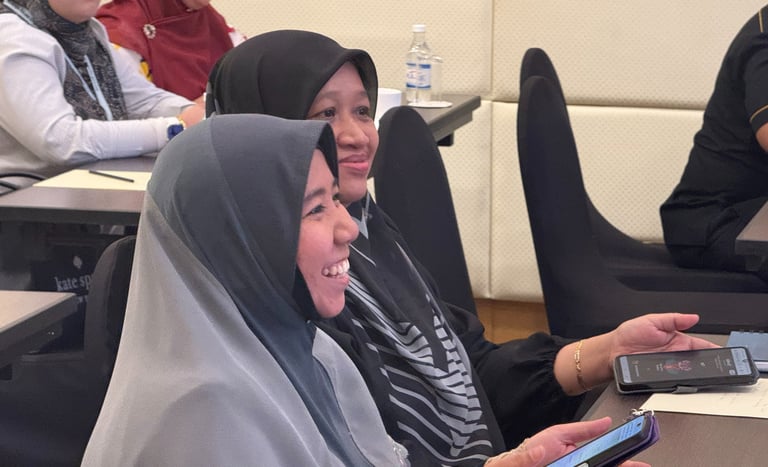

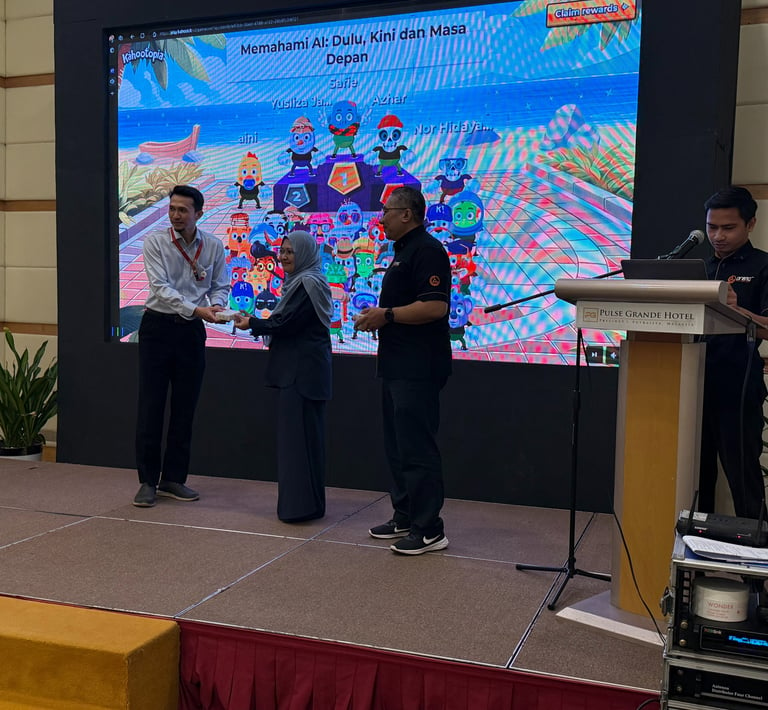

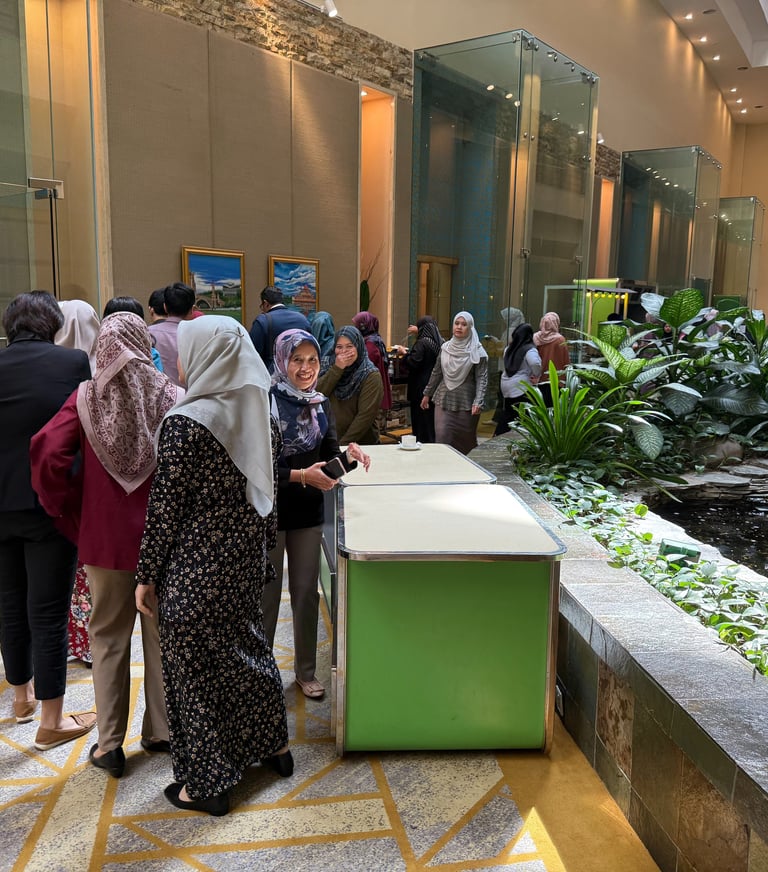

Get in touch with us
© 2025. Pendakwah Teknologi Solutions. All rights reserved.
